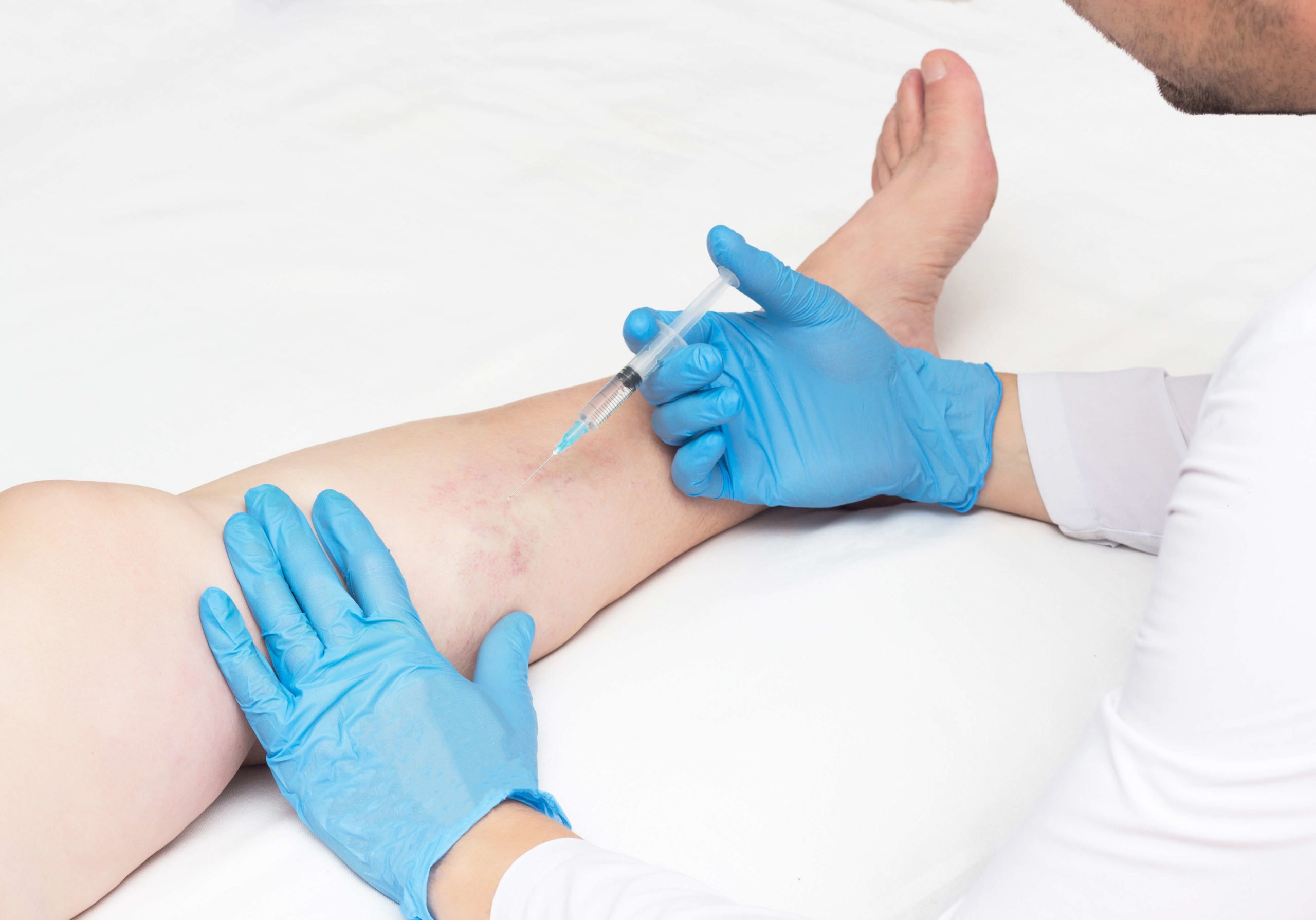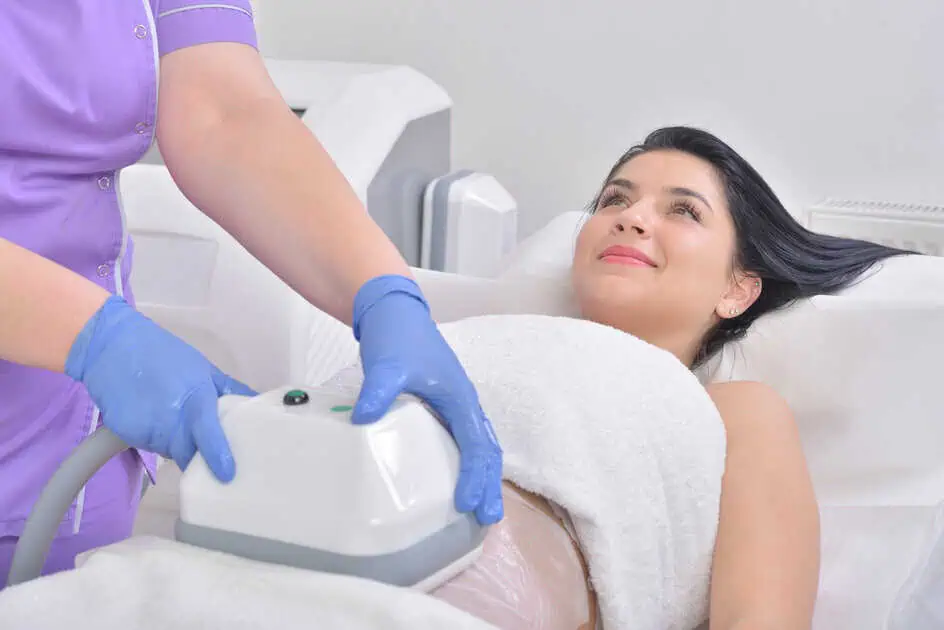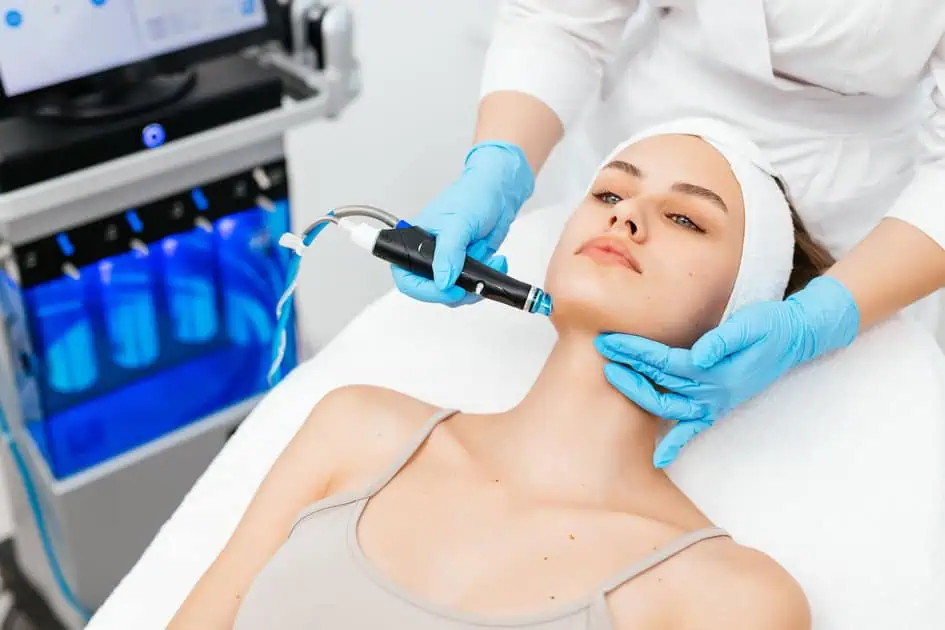Have you ever had dark veins on your legs that you were not aware of? They could be an eyesore because no one wants to see blood pooling in the veins of their legs. Sclerotherapy are also called “spider veins” because they resemble the legs of a spider. And imagine the discomfort they cause because they are becoming a nuisance and may require a change in your daily routine.
Blood pooling in the legs results in varicose (also known as chronic venous insufficiency) and spider veins, which are knotty, enlarged, and discolored veins that appear on the legs. Varicose veins are caused by the veins swelling and bulging, which usually occurs in the legs. This is due to weakened vein walls, which weaken the vein valves, causing them to fail. As a result, blood accumulates in the veins, causing them to swell and appear abnormally large.
A mild case of varicose veins is usually not severe enough to necessitate medical attention. Treatment for varicose veins at home, as well as a variety of alternative remedies, can provide relief from the discomfort associated with them. They usually entail a change in the way of life as well as the use of compression stockings.
Nevertheless, compression stockings and constant changes in one’s way of life can be highly stressful for some people because these veins can be a significant source of discomfort for them. Some people wish to have it removed because they find it unappealing to the eye. Some people have reported aching, swelling, blood clots, other skin problems, burning, and night cramps.
The solution to this problem is simple sclerotherapy. This article will discuss Sclerotherapy, what one should avoid doing after receiving sclerotherapy, and much more.
But First, What Is Sclerotherapy?
Sclerotherapy is when a doctor injects a medicine into blood vessels or lymph vessels, causing them to constrict, tighten up, and eventually close off. It is used widely to remove varicose veins, also known as spider veins, in the legs.
Non-surgical treatment involving only an injection is used for this procedure. Blood vessel disorders, such as those that cause vessels to form incorrectly, can also be treated with this therapy.
Sclerotherapy is injecting an irritating solution known as a sclerosant directly into a vein or lymph vessel. The irritant in the solution causes the vessel to swell. The swelling prevents the flow of blood or lymphatic fluid, causing the vessel to contract and shrink.
What Is the Success Rate of Sclerotherapy in the Treatment of Varicose and Spider Veins?
Sclerotherapy is a safe and effective treatment for the vast majority of patients. Each session may eradicate 50 to 80% of the injected veins, according to current estimates. Fewer than 10% of those who receive sclerotherapy injections have no effect at all. These situations necessitate the use of alternative methods, such as laser therapy.
Treatment often takes 3 to 6 weeks for spider veins, and for more prominent veins, treatment typically takes 3 to 4 months. Usually, if the veins react to the medicine, they won’t return in the future. However, with time, other veins may emerge. You may return for injections if necessary.
Precautions to Take After Sclerotherapy: “What Should I Avoid After Sclerotherapy?”
A new therapeutic option for men and women enduring discomfort or ugly results from varicose veins, sclerotherapy, has been developed. A non-invasive and non-surgical procedure that can be used to treat these prominent, twisted veins that appear blue or dark red beneath the skin is sclerotherapy. Sclerotherapy is a procedure that causes blood flow to reroute through healthier veins and is non-invasive. The varicose or spider veins will eventually diminish as a result of this. We will go over some crucial points to remember when caring for yourself after sclerotherapy in this article. We will also discuss some critical advice to assist you in getting the best possible sclerotherapy results.
Sclerotherapy Aftercare Dos and Don’ts
Please keep in mind that while sclerotherapy is a completely safe operation, pregnant women are not eligible to undergo surgery. They have to wait for at least three (3) months after delivery to get sclerotherapy done. Moreover, those who have a history of blood clots may be ineligible for sclerotherapy, and eligibility will be determined based on their medical history and the general health of the area requiring treatment. During your consultation, your practitioner will review which veins may or may not be considered for treatment, such as veins that may or may not be used in future heart bypass surgery.
The following recovery protocols should be followed by anyone who has had sclerotherapy done:
- For 14 days (or any other period determined by your provider) after treatment, DO wear compression stockings until night. If you are sleeping or taking a bath, you do not need to wear compression socks.
- For at least one month after treatment, DO avoid excessive sun exposure to the treated regions. If you must, wear sunscreen. As a result, hyperpigmentation may occur.
- DO postpone any vigorous activity or high-impact workouts for one week following therapy.
- For one week following treatment, DO NOT or refrain from taking any hot baths, showers, or sitting in any hot tubs.
- DO use hot compresses to the treated regions until 48 hours have passed since the treatment was completed.
- During your healing, DO NOT become too idle and inactive. Walking is an essential part of your healing and recovering process.
- DO use ibuprofen, Advil, or other anti-inflammatory drugs as advised by your healthcare professional if you are experiencing pain.
What Should I Expect After a Sclerotherapy?
Sclerotherapy is a minimally invasive surgery that allows patients to walk around immediately following the procedure and even drive themselves home. Walks are suggested since they increase blood flow and reduce the likelihood of developing blood clots. Following the treatment, you will be instructed to return to your normal daily activities. However, you will be required to wear support hosiery that compresses the treated vessels and promotes proper blood flow for several days.
Tenderness, bruising, or redness may occur at the injection site in some patients, but recovery is generally straightforward. After a few weeks of treatment, these issues typically resolve on their own without any more intervention. The development of a tiny clot or “knot” can occur when treating bigger vessels on rare occasions. If this happens, contact your provider at Method Aesthetics Scottsdale right once to discuss your options. You should also get in touch with us as soon as possible if you are experiencing severe pain, redness, swelling, crusting, or bleeding on your skin.
Schedule Your Sclerotherapy Now!
If you are considering sclerotherapy and want to make sure that you get the most satisfactory results possible, schedule a consultation with Method Aesthetics Scottdale now to learn more about this life-changing process and to discover more about your options.
Return to OverviewRecent News
Contact Us
Ready to make a change? Schedule your consultation now! Reach us through our online form or call (602) 810-8707.
Contact UsHave a question?



